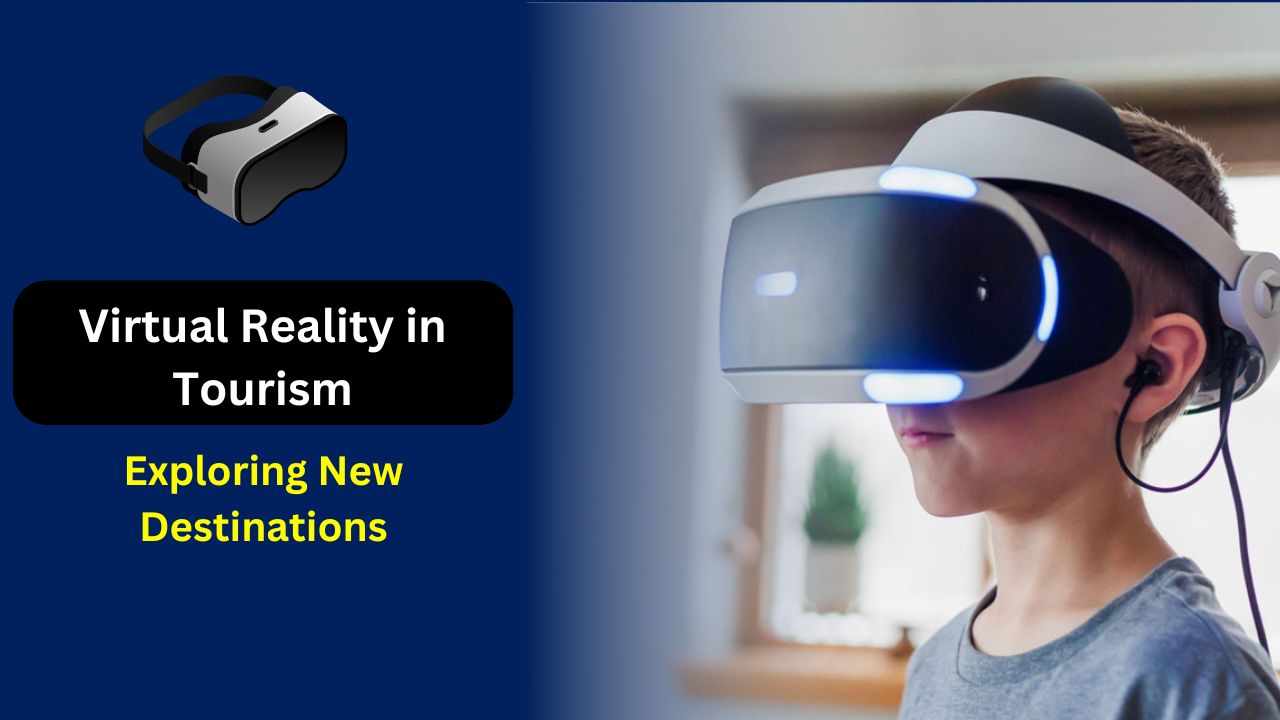The tourism industry has long been very conservative in terms of technical support, but recently it has had to adjust dramatically to customers’ increased demands. VR-tourism helps to create content that appeals to a variety of audiences. It is not a banal viewing of standard photos and videos, but an emotional experience of being inside the created reality. VR in tourism is a detailed picture of any place, object, or service. Let us take a look at how it works.
The Value of VR for Travel Agencies and Customers
The travel industry is actively looking for new ways to engage customers, and VR is becoming one of the key tools for showcasing destinations, planning itineraries, and even educational programs.

Familiarization Tours
One of the main tasks of travel agencies today is to provide an opportunity for people to familiarize themselves with the destination in advance and assess climate and facilities. With VR technology, visitors to a place can experience walking down a city street, visiting renowned museums, or walking along nature trails. This pre-experience helps make informed choices, reduce the risk of dissatisfaction, and optimize the travel budget. According to Forbes (2021), companies implementing VR tours have seen an increase in bookings and customer confidence.
Preliminary Assessment of Conditions
Virtual tours allow them to show real accommodation conditions, hotel facilities, and service levels. Customers can “visit” the hotel and see the rooms, restaurants, and public spaces, which reduces the risk of disappointing surprises upon arrival. The interactive experience builds confidence between the travel company and potential customers and lifts conversion to actual bookings.
Working with Elderly People
VR tours for elderly people serve as a sort of “test ground.” A significant percentage of these individuals are highly inspired by the sights of VR and end up purchasing tickets for actual tours. This is the best way for them to get important recommendations from the tour operator before the trip, including advice on mobile communication issues, choosing a SIM card for travel, and reliable Yesim service.
It’s quite a common situation, actually, when an elderly person faces difficulties abroad. Therefore, getting advice about roaming data SIM cards is crucial for them. Tour operators can explain what an eSIM service is and how an international eSIM card with unlimited data works. They will explain how to install the app on an iPhone from the App Store or an Android device from the Play Market and choose an eSIM. They can also advise on how to set up a virtual SIM card and explain what a virtual number and VPN are.
The Top VR Tourism Destinations Right Now
Modern travel agencies are systematically introducing VR into their services, but there are prioritized areas. Specific technologies are also being used to achieve the desired results for both clients and agencies:
Interactive Video with a Moving Point of View and Space Navigation
For this purpose, voice-over, tags with additional information, and other features that increase the usefulness of the video are used. Tours are created not only for museums and attractions but also for hotels, natural areas, and other vacation spots. Anything that increases the attractiveness of the offer to the user can become a visual part of the tour. Virtual travel photography works in the same way as VR travel video but with still images.
Sightseeing in 360
A picture with static space (you can see everything above, below, and around) can be used to view rooms, interiors, and landscapes viewed from VR equipment and any screen (PC, tablets, smartphones). In 360° video, unlike still photos, the surroundings move and change, but the filming point remains static. This is suitable for broadcasts from national festivals, from sightseeing sights where the environment is fluid, and in other dynamic scenes.
Virtual Reality Flight Simulation
A new format emerged with the introduction of travel restrictions in some countries in the era of the coronavirus. Through a VR helmet, the experience of flying on an airplane is reproduced, which has a specific psychological effect on those who experience emotional emptiness and discomfort without the usual real-life flights and travel.
Fully Virtual Booking Interface
The Virtual Booking Interface is another latest development in the VR travel industry. Users can book a vacation by wearing a VR headset and the complete booking process takes place in the virtual world, neutralizing a lot of hassle and fuss in the real environment. It’s the ultimate in convenience. Everything from choosing a hotel to paying for a flight is done without leaving virtual reality. Travel agencies and companies are using this approach to increase conversions.
Challenges: Technical and Economic Barriers
Despite its many benefits, virtual reality technology faces several limitations:
- High cost of equipment;
- Not always a sufficient level of detail;
- Often high image latency;
- Appearance of discomfort and so-called “cybersickness” in some users.
However, over time, the cost of VR devices is gradually decreasing and the quality of the software is constantly improving. Augmented reality and artificial intelligence are planned to be actively implemented to create even more personalized and interactive itineraries. These innovations will make it possible to combine virtual travel with real travel, creating hybrid formats where the digital experience becomes a complement to the real visit.
Conclusion
The use of virtual reality in modern tourism is no passing fancy but a worthwhile strategic asset. Despite the problem of limitations inherent in technology, creativity and digital technologies continue to shape our world, opening it up and diversifying it for everyone.







